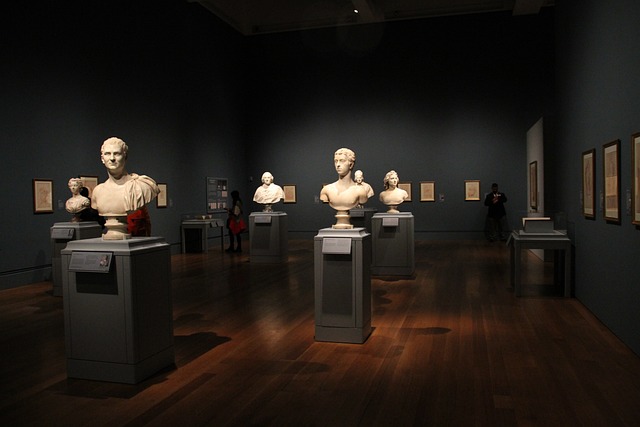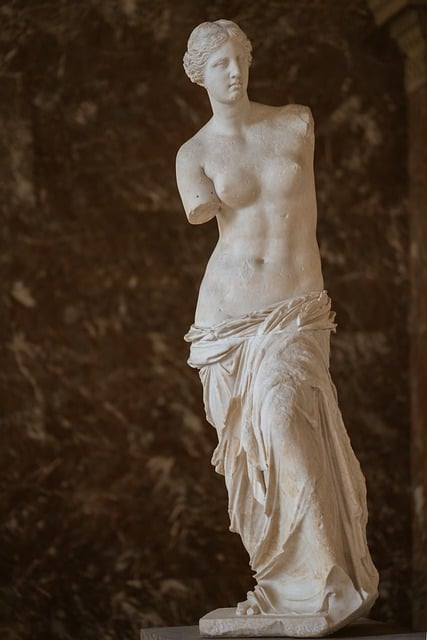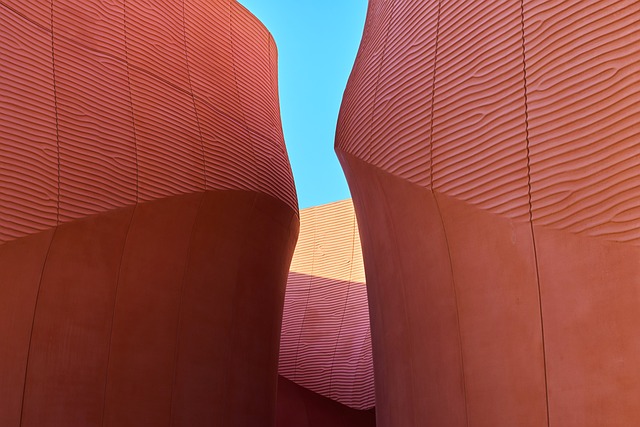From Classics to Contemporary: Your Essential Museum Art Guide
Art has been an integral part of human culture and communication for centuries. Museums serve as a bridge between the past and the present, housing an extensive collection of artworks that reflect the evolution of creativity, ideas, and societal values. Whether you are an art novice or a seasoned connoisseur, navigating the diverse landscape of art can be overwhelming. This guide aims to demystify the world of art within museums, offering insights to enhance your experience from classic masterpieces to contemporary works.
The Role of Museums in Art Preservation
Museums are not just repositories of art; they play a vital role in preserving cultural heritage. By safeguarding artworks from damage, decay, and loss, museums ensure that future generations can experience the artistic expressions of bygone eras. Additionally, museums educate the public about art connections to historical contexts, cultures, and societal changes.
Understanding Different Types of Art
Art can be broadly categorized into several types, each representing unique techniques, materials, and historical contexts. Recognizing these types can deepen your appreciation for the artworks displayed in museums.
Painting
From oil on canvas to watercolor, painting is one of the most celebrated forms of artistic expression. Ranging from the classical works of artists like Van Gogh and Rembrandt to modernists like Picasso, painting captures a spectrum of emotions and ideas.
Sculpture
Three-dimensional art forms, such as statues and busts, can convey grandeur and intimacy alike. Classical sculptures often emphasize idealized forms, while contemporary pieces may challenge viewers with abstract shapes and unconventional materials.
Photography
As an artistic medium that gained prominence in the 19th century, photography captures reality through the lens. It spans numerous genres—from portraiture and landscape to conceptual and documentary photography—offering a diverse narrative of human experience.
Installation Art
This contemporary form of art engages viewers through immersive experiences, often combining various materials, techniques, and spaces. Installations can transform museum environments and challenge perceptions of space and place.
Exploring Art Movements
Throughout history, various art movements have emerged, each characterized by distinct styles and philosophies. Familiarizing yourself with these movements can enhance your understanding of the artworks in museums.
Renaissance
Spanning the 14th to 17th centuries, the Renaissance marked a revival of classical learning and arts, showcasing masterful techniques in perspective and human anatomy. Iconic figures include Leonardo da Vinci, Michelangelo, and Raphael.
Baroque
Originating in the late 16th century, Baroque art is known for its dramatic use of light, movement, and color. Artists like Caravaggio and Rembrandt pushed emotional engagement through their vivid portrayals of religious and mythological themes.
Modernism
The late 19th century saw the emergence of modernism, a movement that embraced innovation and rejected tradition. Pioneering artists like Monet, Matisse, and Kandinsky experimented with abstract forms, color theory, and new materials.
Postmodernism
In contrast to modernism, postmodernism emerged in the late 20th century, questioning the very concept of art. It often incorporates irony, pastiche, and challenges established narratives, embodied by artists like Andy Warhol and Cindy Sherman.
Navigating the Museum Landscape
Visiting a museum is as much about the experience as it is about the art on display. Here are some tips to make your museum visit more enriching:
Planning Your Visit
Before heading to a museum, research their current exhibitions and permanent collections. Look for guided tours, workshops, or special events that can provide deeper insights into the showcased art. Check the museum’s website for visitor hours, ticket prices, and any visitor policies.
Engaging with Exhibits
As you wander through the galleries, take the time to observe each artwork. Pay attention to the details—the brushstrokes, textures, and colors. Consider the title, medium, and artist’s background, as these elements can provide context to the work. Don’t hesitate to take notes or sketch your interpretations if you feel inspired.
Participating in Discussions
Many museums offer opportunities for discussion, including lectures, symposiums, and casual talks with curators. Engaging with others passionate about art can lead to new perspectives and a deeper appreciation of the pieces on display.
Art and Technology: A Modern Perspective
The intersection of art and technology has revolutionized the way we experience and interact with art. Many museums now offer digital guides, virtual tours, and interactive displays, making art more accessible to everyone. This innovation widens the scope of engagement and facilitates a more profound understanding of the artwork.
The Globalization of Art
As the world becomes increasingly interconnected, the art scene has expanded beyond geographical boundaries. Museums today celebrate diversity by showcasing global artists and their works, reflecting varied cultural narratives and aesthetic practices. This shift encourages a broader dialogue about the significance and interpretation of art in different cultural contexts.
Supporting the Arts
Museums often rely on the support of patrons, donors, and volunteers to continue their work in art preservation and education. Consider supporting your local museum through membership, donations, or volunteering. Participating in museum programs not only enhances your cultural involvement but also boosts community engagement with the arts.
Conclusion
From the intricacies of classical paintings to thought-provoking contemporary installations, the realm of art is an ever-evolving narrative of human experience. Armed with the right knowledge, you can embark on a rewarding journey through the vast collections of museums. Embrace the opportunity to appreciate the skill, history, and emotional resonance of art. Whether you visit a local gallery or a world-renowned institution, remember that every artwork has a story worth exploring.


